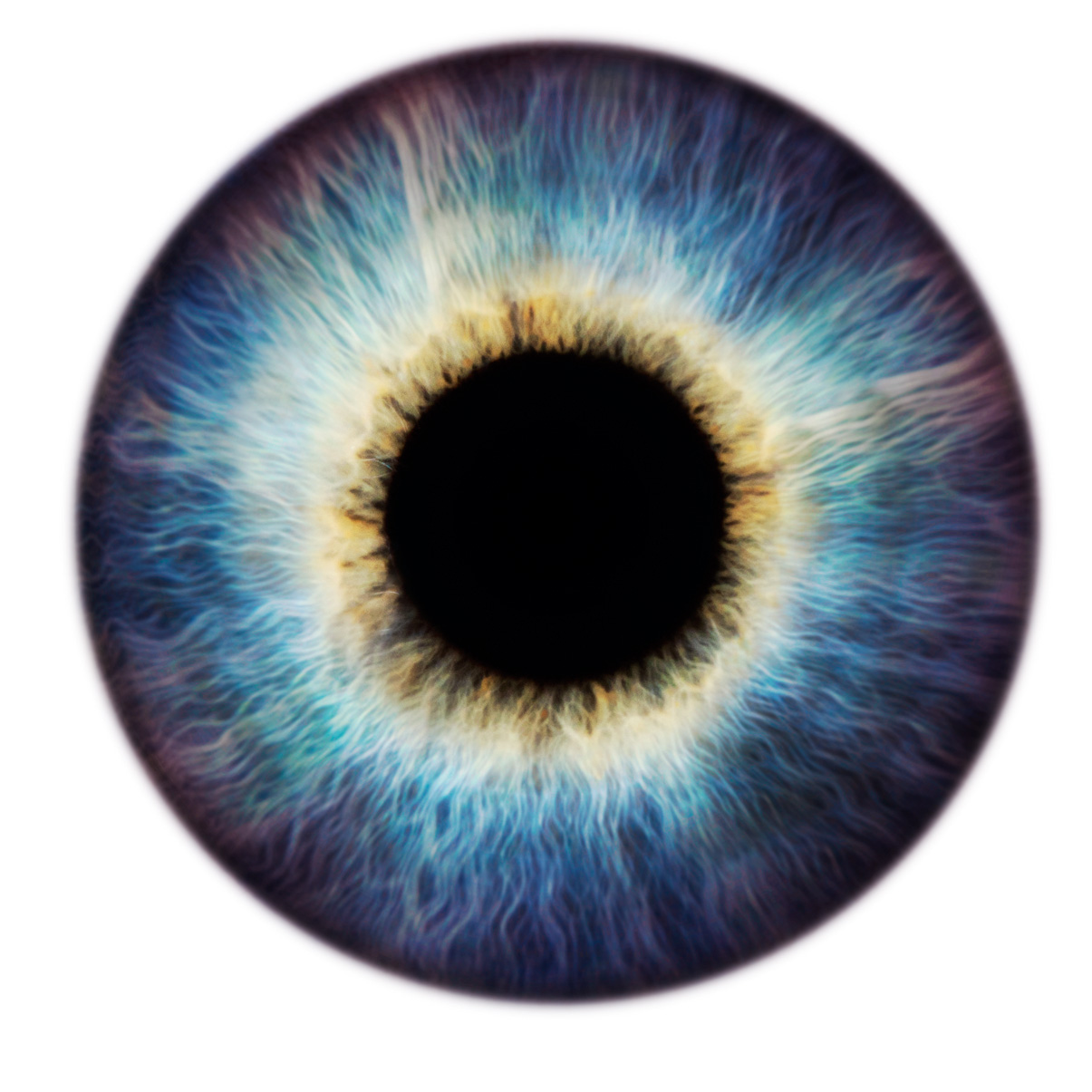
Bioengineering of Human 3D Tissue Models for Clinical Translation
Dr. Dilara Perver, Post-doctoral researcher, ETH Zürich, D-HEST, Institute of Translational Medicine, Laboratory of Applied Mechanobiology

Human tissue structures with biological fidelity and organisation are no longer science fiction, and human bone marrow (BM) is no exception. BM is a semi-solid, sponge-like tissue found in the center of the bones, and it is the home to hematopoietic stem cells (HSCs). HSCs ensure hematopoiesis: Life-long blood and immune cell manufacture in the specific BM niches. Genetic disorders or mutations in this manufacturing process can lead to a range of blood diseases and cancers such as leukemia, lymphoma, myeloma, or bone marrow failure. Our understanding of human hematopoiesis and related diseases relies heavily on in-vitro cell and tissue models due to limited human material accessibility and the limited translational potential of conventional animal studies. The quality of those models and particularly the level at which they represent HSC behavior and mimic human BM are critical to our understanding of human hematopoiesis in both health and disease. Now, advances in bioengineering allow us to develop human BM-mimicked in-vitro 3D tissue models and their potential to close the gap between animal studies and human physiology is greatly valued.
